Nursery Bags (Grow Bags | 100 Pcs per Bundle)
₦4,000.00
20 people are viewing this product right now
🔥 9 items sold in last 3 hours
We offer Nursery Bags (Grow Bags | 100 Pcs per Bundle) which are high-quality bags widely used for growing nursery plants, saplings, bulbs, seedlings, etc.
- Our nursery bags are dedicated to promoting the healthy growth of plants owing to their moisture-retaining the property.
- The offered nursery bags are extensively used in the horticulture industry and are best for tree seedlings, plant nursery, bedding plants, tomatoes, cucumbers, just to mention a few.
- Made of high-quality polyethene (PE) nylon material.
- The price listed is for one bundle and a bundle contains 100 pieces of nursery bags.
- The dimension of the offered grow bags is 21 cm by 13.2cm which is 8.27 x 5.2 inches and 210mm x 132mm
- These nursery bags can carry up to 2kg of soil.
What are you waiting for? Place your orders now!
Buy more save more!
Buy from 5 to ∞ items and get 5% OFF
on each productNursery bags are an essential tool for any parent on the go. They carry all the essentials you need for your little one, from diapers and wipes to toys and snacks. But with so many different nursery bags on the market, it can be hard to know which one is right for you. That’s why I’ve put together this comprehensive guide to nursery bags, including the benefits, functions, short descriptions, and full descriptions of the most popular types.
- The offered nursery bags are widely used in the horticulture industry and are best for tree seedlings, plant nurseries, bedding plants, tomatoes, cucumbers, etc.
- These grow bags are well-fluted and will easily stand upright when filled with growing medium/soil.
- Made of high-quality polyethylene (PE) material.
- They are produced in standard sizes appropriate for your agricultural needs.
- They are black and are packed in bundles.
- The dimension of the offered-to-grow bags is 21 cm by 13.2cm and they can carry up to 2kg of soil.
Care instructions
Do not bring this product in contact with corrosive liquids.
Applications
- Plant nursery
- Farms and gardens
- Horticulture
- Tissue culture
Features:
- The offered grow bags are ultraviolet (U.V) rays stabilized (not adversely affected by sunlight)
- Perfect for different kinds of plants
- Made from the highest quality materials
- Proper coating
- Easy to carry and use
- Highly durable, complaint to adverse environmental conditions
- Offers more plants per square foot than rigid bags or containers
- Our grow bags are movable, and once filled with soil, they are self-standing, allowing them to be relocated with ease and causing no harm to the growing plants.
- Lightweight
- Ability to expel excess water away from the plant
- Conserves water by retaining water in the soil longer and stimulates root growth
- Less expensive
Frequently Asked Questions (FAQs) about Nursery Bags
General Nursery Bags:
-
What are the benefits of using nursery bags? (Information not provided in this content)
-
What are the different functions of nursery bags? (Information not provided in this content)
-
What are some popular types of nursery bags and what are their uses? (Information not provided in this content)
Specific Nursery Bags (Grow Bags) in the Content:
-
What are these nursery bags made of? The nursery bags are made of high-quality polyethylene (PE) material.
-
What size are these nursery bags? The dimensions are 21 cm by 13.2 cm (approximately 8.27 inches by 5.2 inches).
-
How much weight can these nursery bags hold? They can hold up to 2 kg (approximately 4.4 pounds) of soil.
-
What color are these nursery bags? These grow bags are black.
-
What are these nursery bags typically used for? These grow bags are typically used in plant nurseries, farms and gardens, horticulture, and tissue culture. They are suitable for tree seedlings, plant nurseries, bedding plants, tomatoes, cucumbers, etc.
-
How do I care for these nursery bags? Avoid bringing them into contact with corrosive liquids.
-
What are some features of these nursery bags?
- Ultraviolet (UV) stabilized (not adversely affected by sunlight)
- Perfect for different kinds of plants
- Made from high-quality materials
- Proper coating
- Easy to carry and use
- Highly durable, resistant to adverse environmental conditions
- Lightweight
- Allow excess water to drain away from the plant
- Conserve water by retaining moisture in the soil longer and stimulating root growth
- Less expensive than rigid bags or containers
- Movable and self-standing when filled with soil, allowing for easy relocation without harming plants
Only logged in customers who have purchased this product may leave a review.
Related products
₦160,500.00

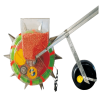
₦180,000.00

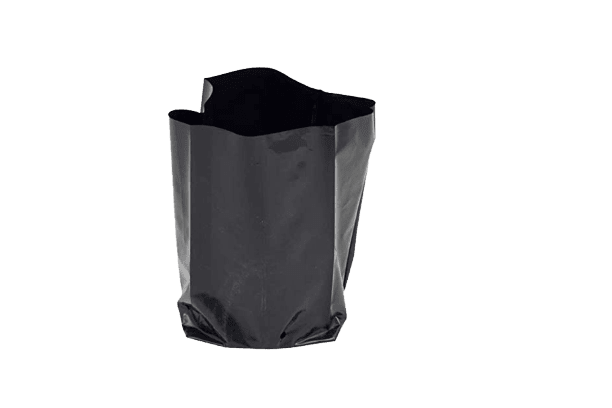

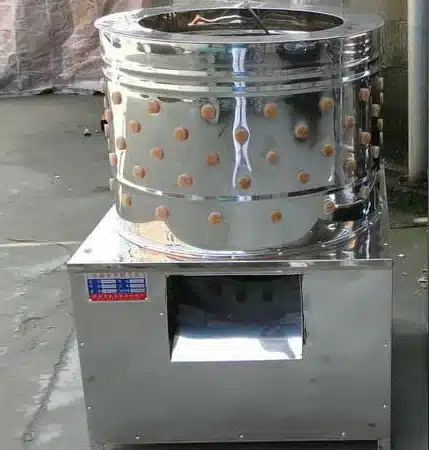


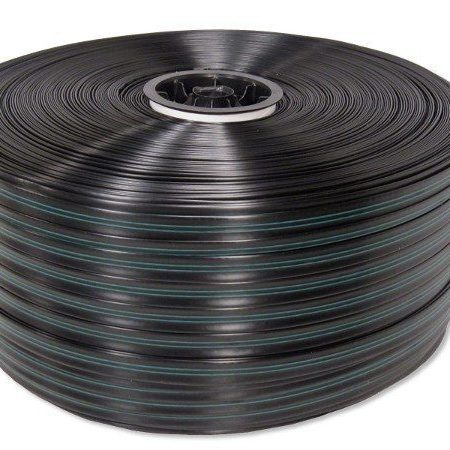
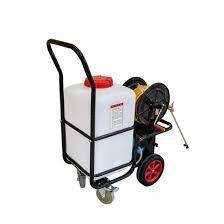

Reviews
There are no reviews yet.